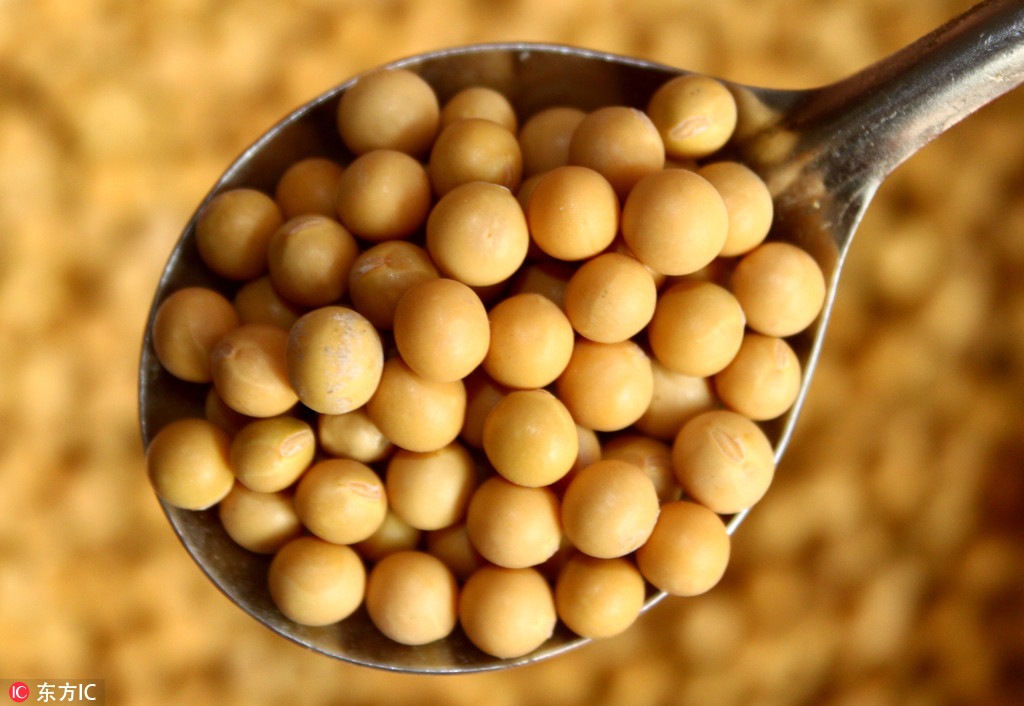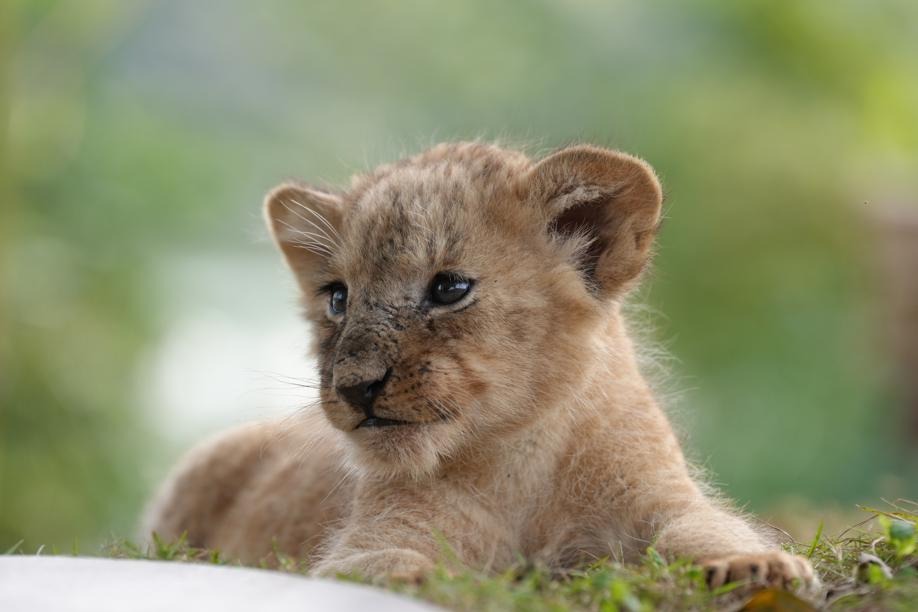Development of strains lays ground for breeding new species


Chinese scientists have used gene-editing technology to develop new soybean strains that can adapt to low-latitude areas, paving the way for breeding new species.
Researchers from the Chinese Academy of Agricultural Sciences used a gene-editing tool known as CRISPR/Cas9 to "knock out" two key genes that regulate soybean flowering, and used hybridization technology to create the mutants, the academy said.
The research was published in the Plant Biotechnology Journal in June.
Han Tianfu, a leading member of the research team, said soybeans are sensitive to photoperiod, the amount of time each day during which an organism receives light, and most species will not flower and bear seeds until duration of daylight is at a certain level.
As a result, when soybeans are transplanted to subtropical and tropical areas in southern China, where daytime in summer is shorter than in northern areas, they often face problems such as premature flowering and a shorter growth period, resulting in reduced yield, Han said.
The newly developed soybean strains, instead, can continue to grow for a longer time in southern areas of the country before flowering, and therefore they can become taller and bear an increased number of pods, he said.
The mutants can help breed new species suitable to be grown in low-latitude areas, Han said.
The country's major soybean production centers are in the northern, northeastern and central areas, with the northeast the most important region.
Although soybeans are mostly grown in the north, southern areas have great potential to increase planting of the crop, supported by the rapid development of the soybean processing industry in these regions, Han said.
Meanwhile, many cities in the south boast stronger soybean science and technological research capabilities, which can help promote the planting of the crop in these areas through new technologies, including the development of superior species, he added.
- Top procuratorate renews push to protect migrant workers' rights
- China expands green belt around its largest desert
- Fujian coast guard conducts routine patrol in waters near Kinmen
- China-Europe freight train trips surpass 120,000
- Key documents of pivotal CPC meeting published in foreign, ethnic-minority languages
- Revised study outline for Xi Jinping Thought on Diplomacy published




































